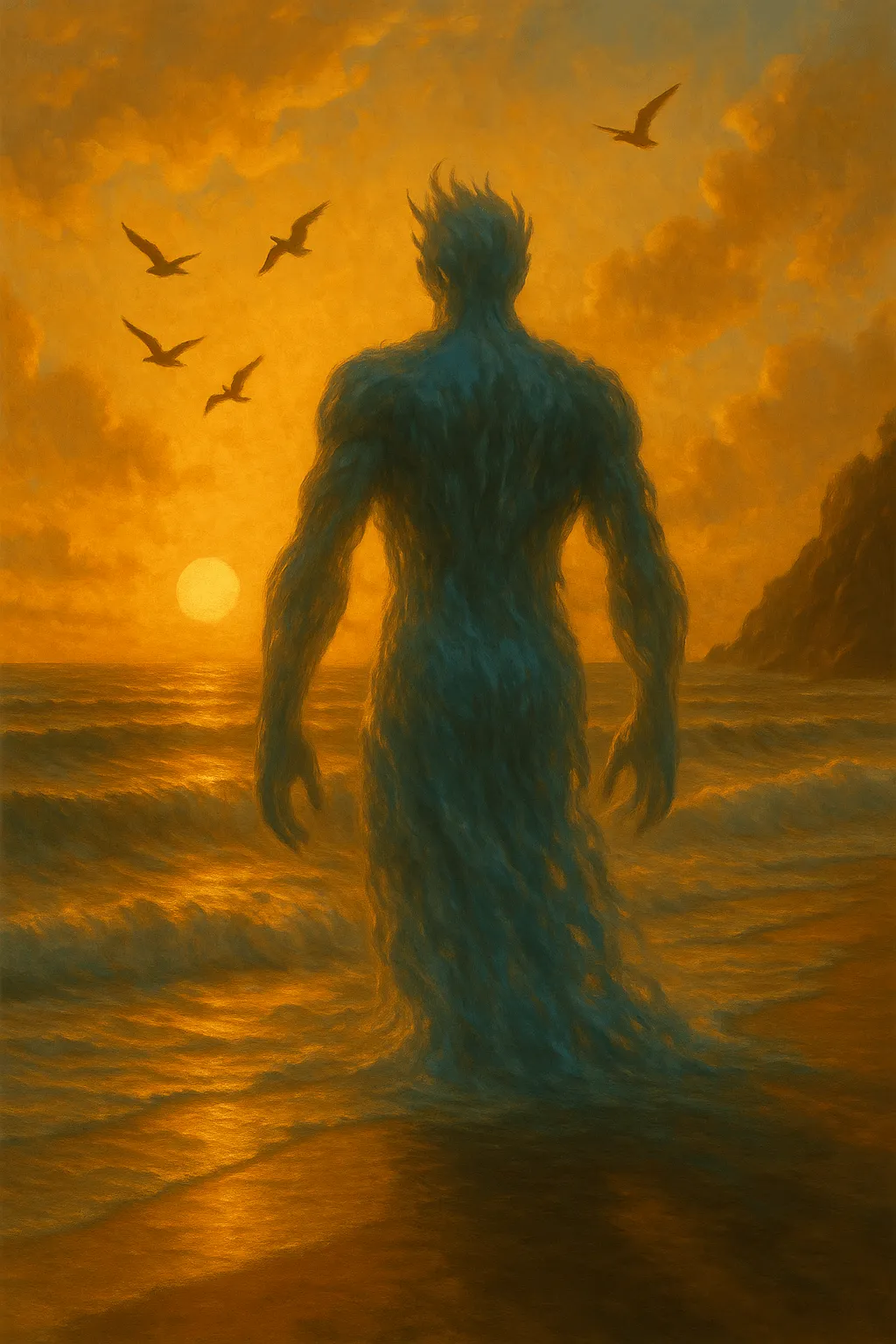
...the sea itself dreams in pieces, and the Tideborn is one such dream.
In the deep convergence between magic and nature, there exist beings not born of blood or ancestry, but of essence. Among these are the elementals—creatures shaped not by evolution or divine design, but by the raw will of the world itself. They are not spirits in the traditional sense, though they are often mistaken for such, and they are not beasts, though some may behave as animals. Elementals are the living embodiment of natural forces given form—fire, stone, air, and, in the case of the Tideborn, water.
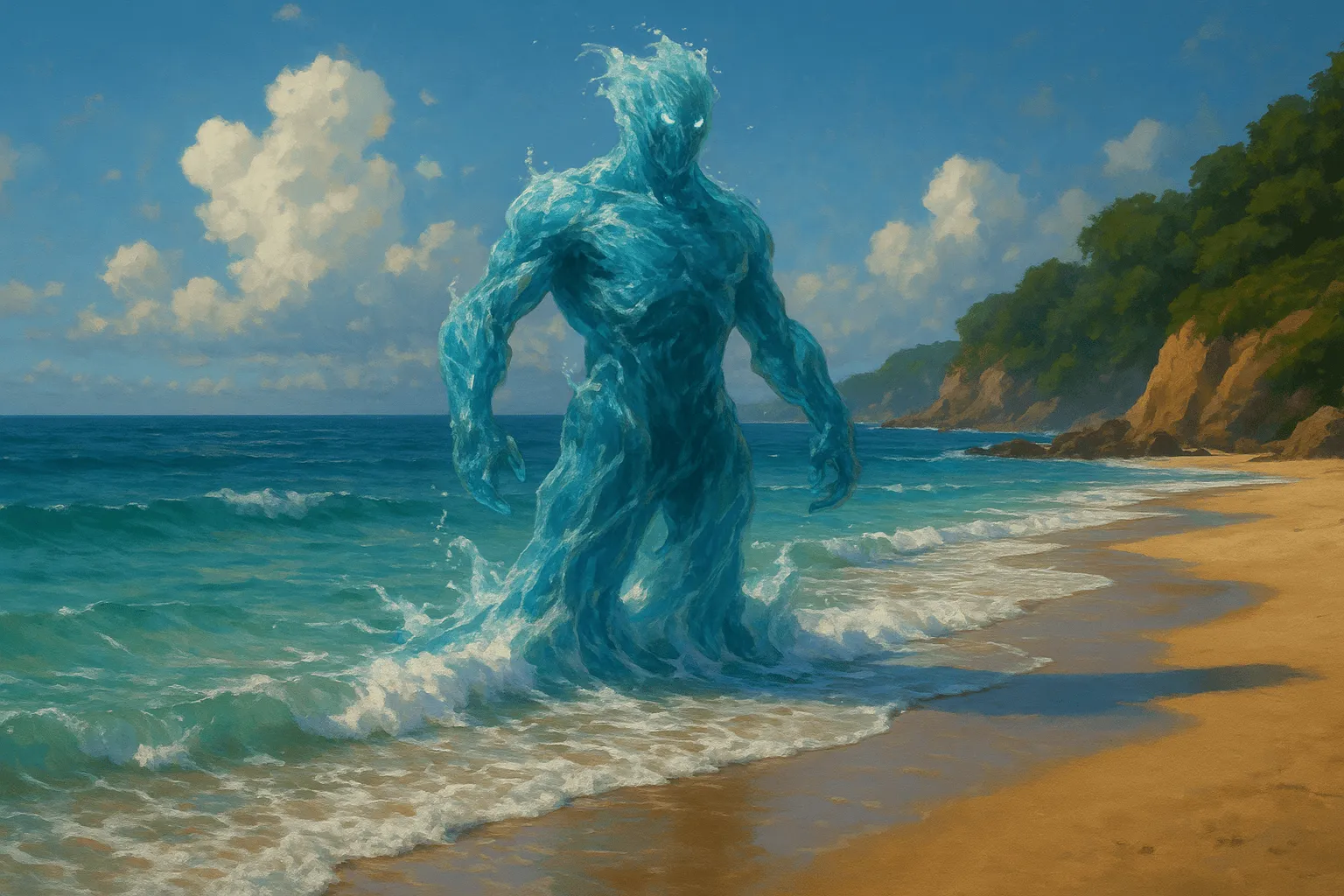 The Tideborn Elemental is among the most frequently encountered of the aquatic elementals and serves as the de facto representative of water-bound elemental life. While there are many variations of water-aligned beings—ranging from vast storm-born leviathans to the gentle dew-spirits found on flower petals—the Tideborn represents the median. It is neither the weakest nor the most powerful, neither rare nor overly common. It is, instead, the elemental equivalent of the tide itself: constant, rhythmic, and ever-returning.
The Tideborn Elemental is among the most frequently encountered of the aquatic elementals and serves as the de facto representative of water-bound elemental life. While there are many variations of water-aligned beings—ranging from vast storm-born leviathans to the gentle dew-spirits found on flower petals—the Tideborn represents the median. It is neither the weakest nor the most powerful, neither rare nor overly common. It is, instead, the elemental equivalent of the tide itself: constant, rhythmic, and ever-returning.
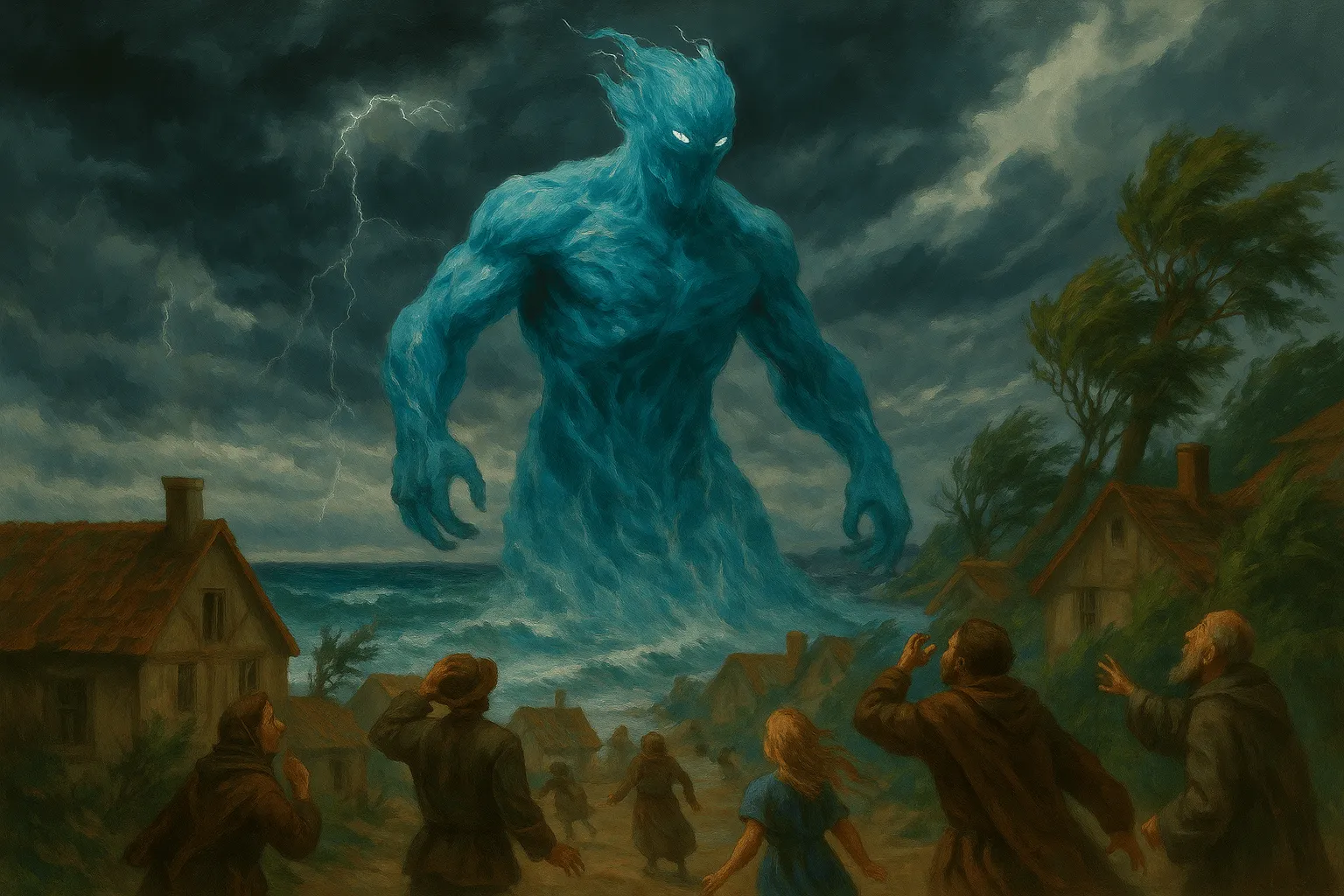 Tideborn elementals manifest near shorelines, tidal estuaries, and coastal grottos—anywhere the ocean’s breath can be felt pushing in and pulling back. Their form is mutable, often appearing as a vaguely humanoid shape composed of brine and foam, their surfaces glittering with flecks of salt or fragments of broken shell. They move like water flows—slow, deliberate, then suddenly quick when provoked. When at rest, a Tideborn may resemble a harmless puddle in the sand. When aroused, it becomes a crashing force of motion and density, difficult to resist or contain.
Tideborn elementals manifest near shorelines, tidal estuaries, and coastal grottos—anywhere the ocean’s breath can be felt pushing in and pulling back. Their form is mutable, often appearing as a vaguely humanoid shape composed of brine and foam, their surfaces glittering with flecks of salt or fragments of broken shell. They move like water flows—slow, deliberate, then suddenly quick when provoked. When at rest, a Tideborn may resemble a harmless puddle in the sand. When aroused, it becomes a crashing force of motion and density, difficult to resist or contain.
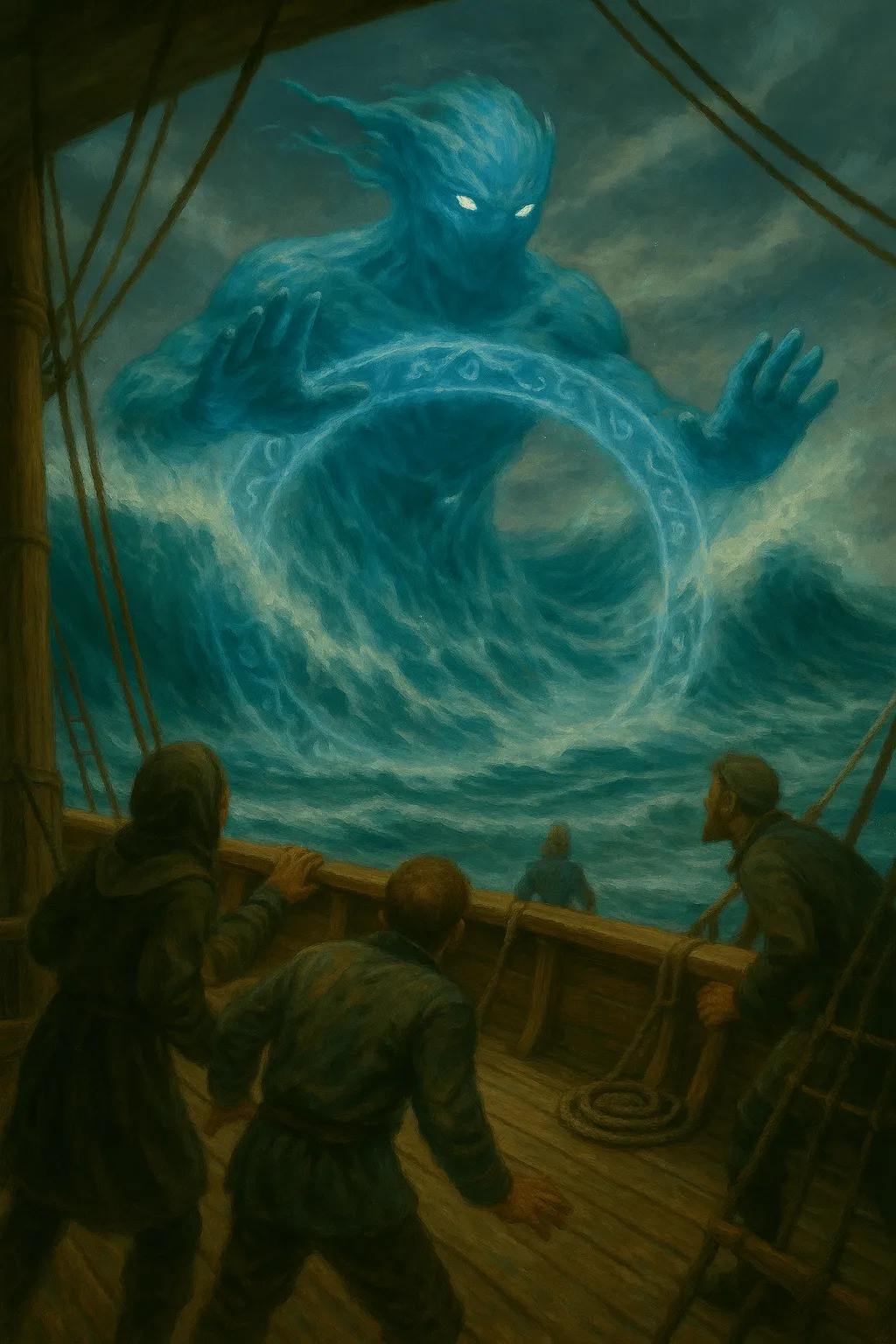 Unlike merfolk, mermaids, or sea beasts, Tideborns possess no true biology. They do not eat, sleep, or breathe. They are not born from parents, nor do they age. Instead, they coalesce from ambient magic where emotion, intention, and environment converge. A storm-wracked shore, a sailor’s desperate prayer, or the sacred chants of a coastal druid—all of these may give rise to a Tideborn. Most appear in solitude, but clusters have been reported in areas where ley-lines run parallel to the sea. Some believe the Tideborn are drawn to these magical rivers as fish are drawn to spawning grounds, though the true purpose remains unknown.
Unlike merfolk, mermaids, or sea beasts, Tideborns possess no true biology. They do not eat, sleep, or breathe. They are not born from parents, nor do they age. Instead, they coalesce from ambient magic where emotion, intention, and environment converge. A storm-wracked shore, a sailor’s desperate prayer, or the sacred chants of a coastal druid—all of these may give rise to a Tideborn. Most appear in solitude, but clusters have been reported in areas where ley-lines run parallel to the sea. Some believe the Tideborn are drawn to these magical rivers as fish are drawn to spawning grounds, though the true purpose remains unknown.
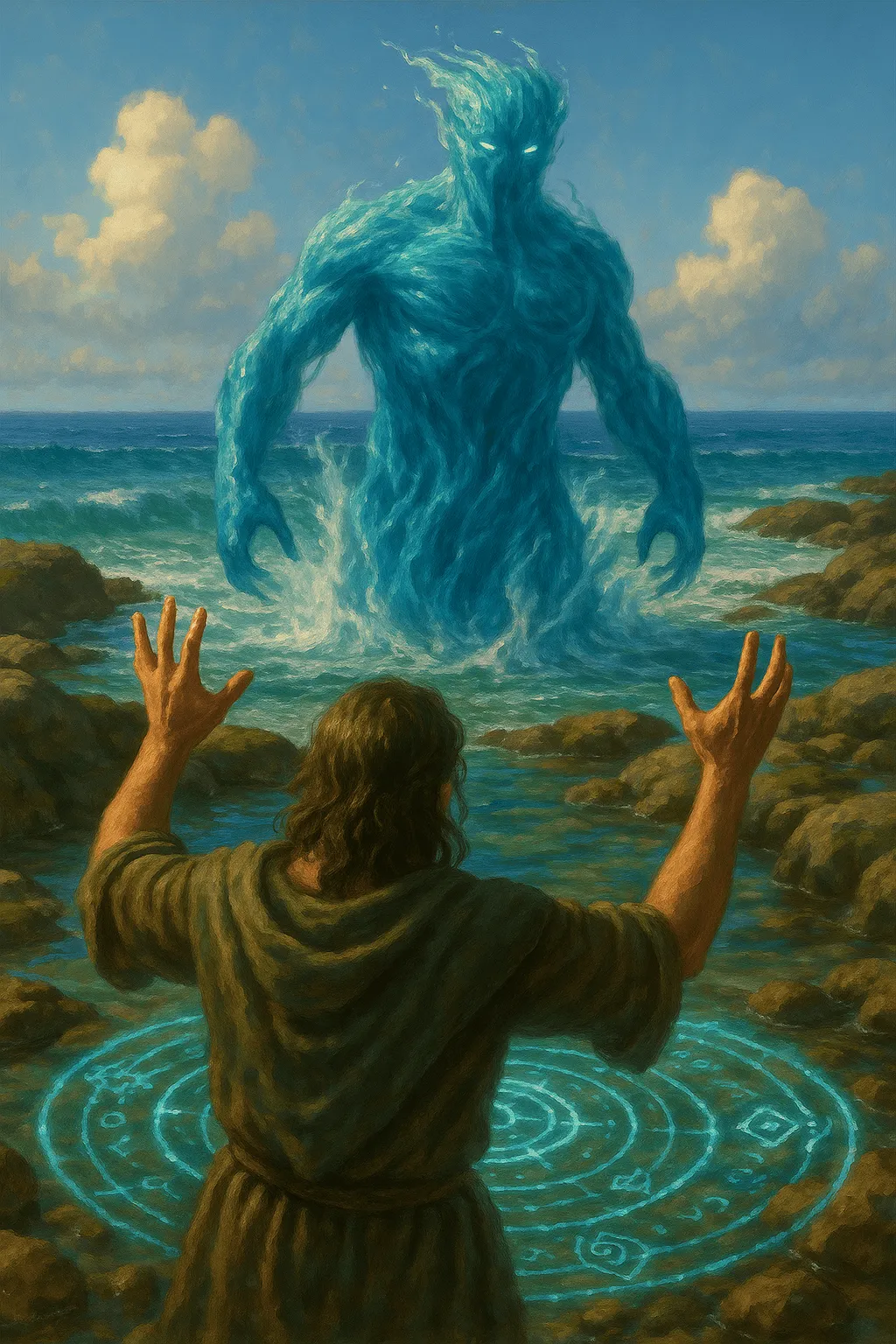 Though they often act on instinct, Tideborns are not mindless. They appear to understand basic intent, particularly when summoned through ritual. Many coastal cultures have long since adopted the practice of binding or bargaining with a Tideborn to protect harbors, cleanse waters, or drown invaders. This has led to their frequent classification as “utility elementals,” though such a term is misleading. A poorly negotiated summoning, or a misstep in the ritual, can lead to catastrophe. The Tideborn does not forget injury nor distinguish accident from offense.
Though they often act on instinct, Tideborns are not mindless. They appear to understand basic intent, particularly when summoned through ritual. Many coastal cultures have long since adopted the practice of binding or bargaining with a Tideborn to protect harbors, cleanse waters, or drown invaders. This has led to their frequent classification as “utility elementals,” though such a term is misleading. A poorly negotiated summoning, or a misstep in the ritual, can lead to catastrophe. The Tideborn does not forget injury nor distinguish accident from offense.
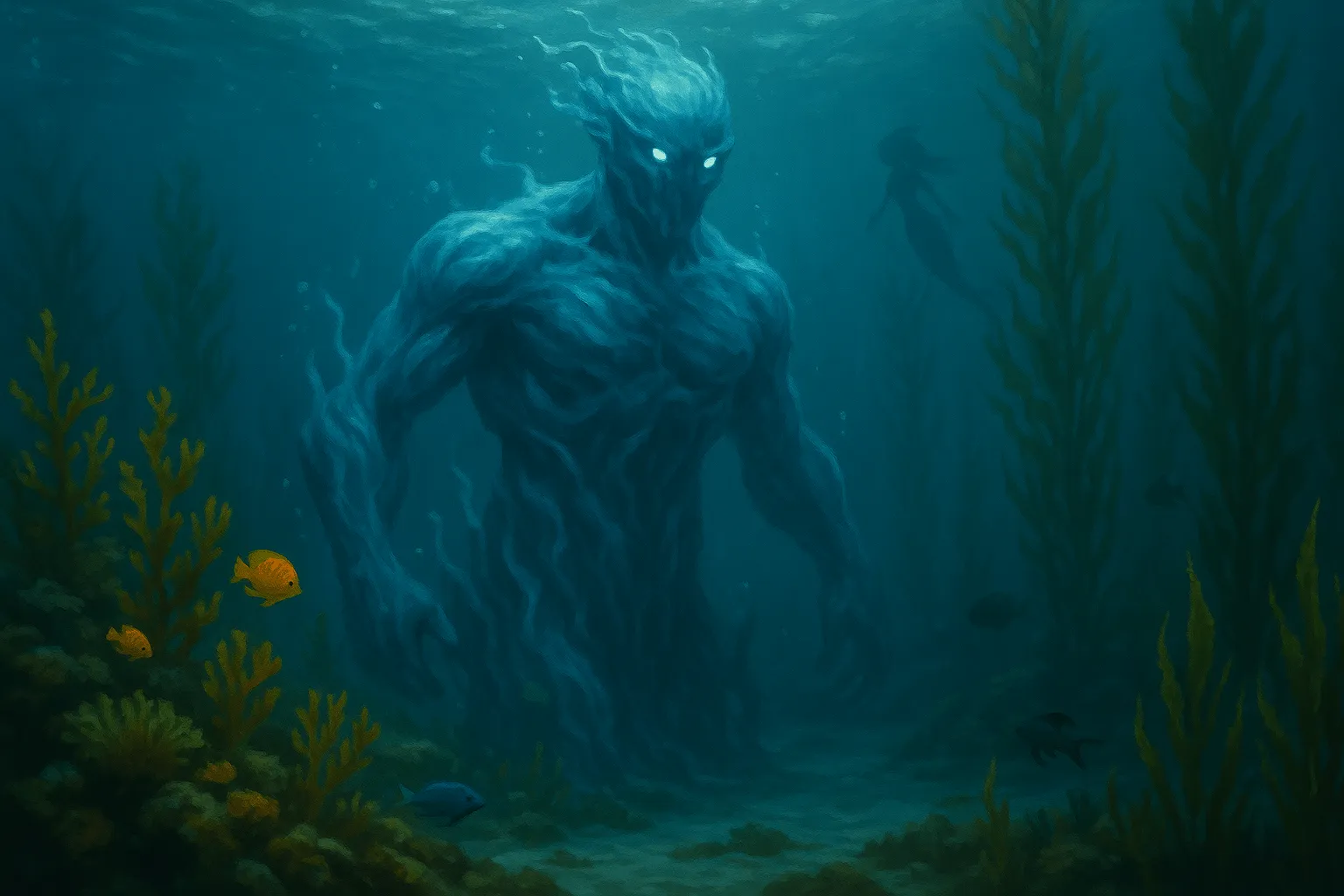 Within the broader hierarchy of water elementals, the Tideborn is considered middle-tier. Below it exist simpler forms—Drenchlings, which are formed from rain or runoff, and Brookkin, playful freshwater spirits found in rivers and fountains. Above the Tideborn are rarer and more potent beings such as the Glasstide—a mirror-skinned scrying elemental—or the Deepcallers, ancient leviathan-shaped spirits said to dwell in trenches and whisper to krakens.
Within the broader hierarchy of water elementals, the Tideborn is considered middle-tier. Below it exist simpler forms—Drenchlings, which are formed from rain or runoff, and Brookkin, playful freshwater spirits found in rivers and fountains. Above the Tideborn are rarer and more potent beings such as the Glasstide—a mirror-skinned scrying elemental—or the Deepcallers, ancient leviathan-shaped spirits said to dwell in trenches and whisper to krakens.
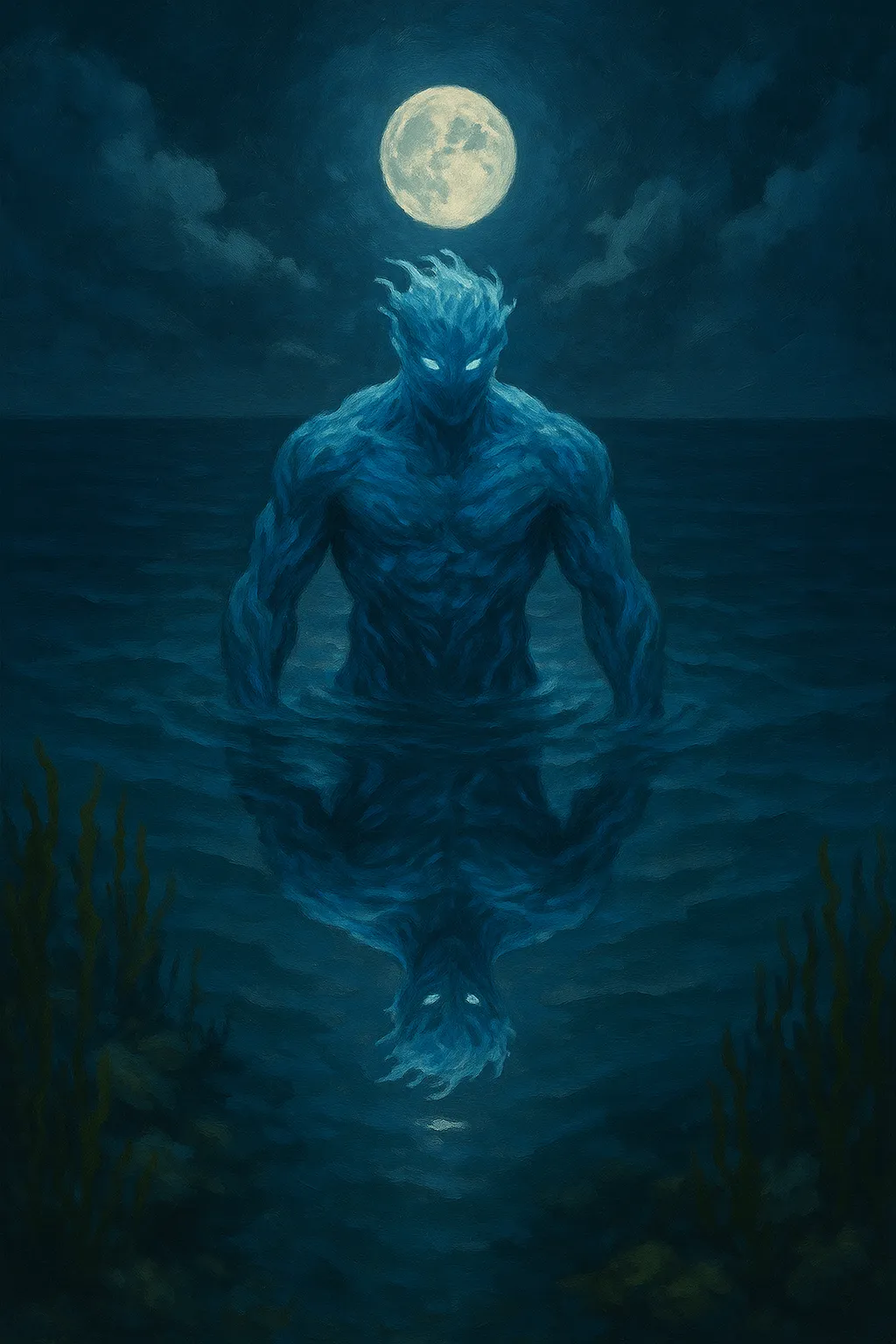 The relationship between water elementals and other aquatic beings is complex. Merfolk and undines, for example, often view elementals with a mixture of reverence and wariness. While some undines claim elemental ancestry—especially those attuned to lakes and swamps—most acknowledge a fundamental divide. Tideborns, and their kin, lack the individuality and cultural memory that define true races. They cannot pass down knowledge, form communities, or dream. Yet in times of need, these same beings are summoned as protectors, messengers, or weapons, depending on the summoner’s need—and payment.
The relationship between water elementals and other aquatic beings is complex. Merfolk and undines, for example, often view elementals with a mixture of reverence and wariness. While some undines claim elemental ancestry—especially those attuned to lakes and swamps—most acknowledge a fundamental divide. Tideborns, and their kin, lack the individuality and cultural memory that define true races. They cannot pass down knowledge, form communities, or dream. Yet in times of need, these same beings are summoned as protectors, messengers, or weapons, depending on the summoner’s need—and payment.
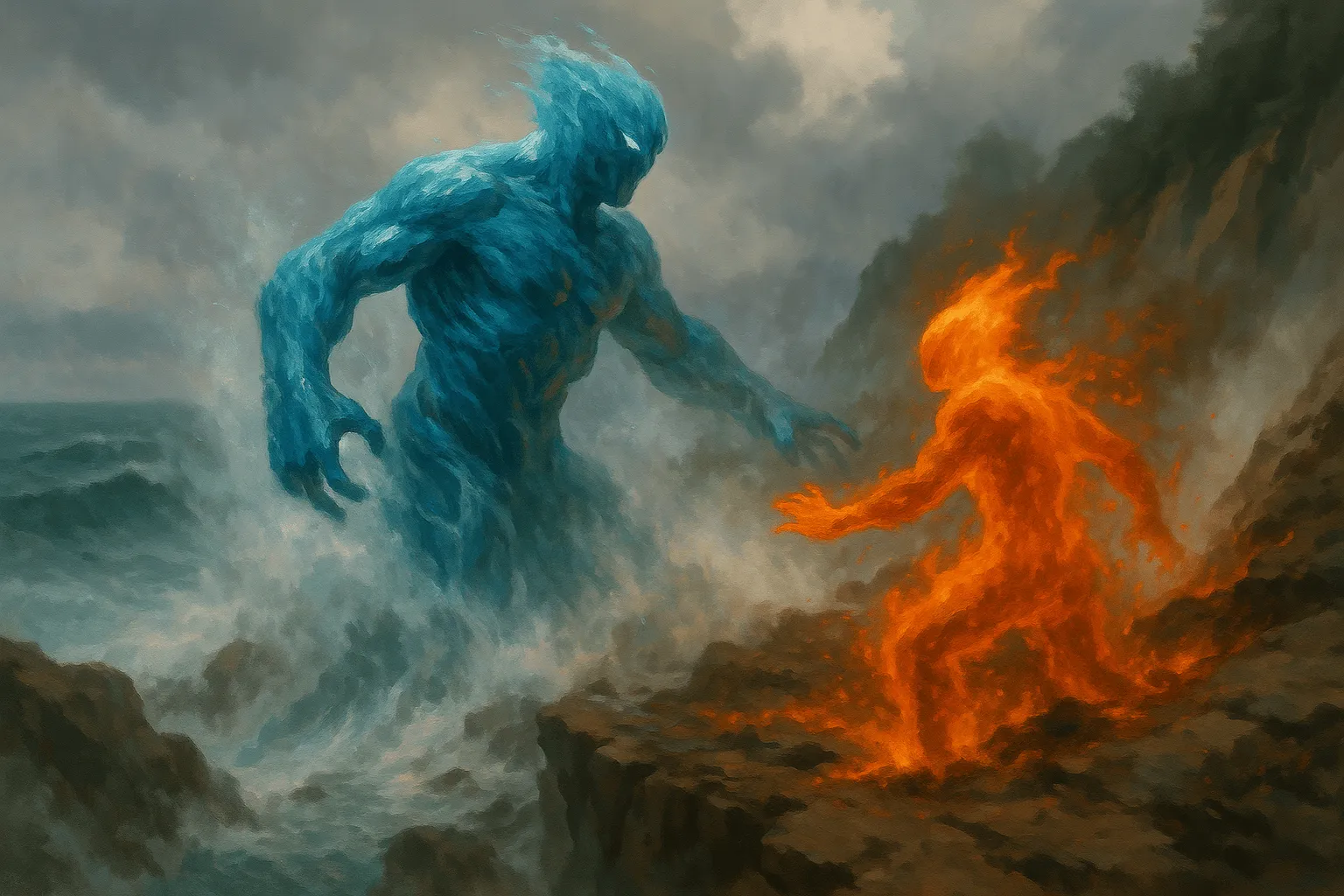 Notably, Tideborns show an instinctual sensitivity to other elemental forces. In the presence of Fire Elementals, they react with agitation, often extinguishing lesser flames without effort and resisting heat with unnatural ease. Against Earth Elementals, Tideborns exhibit a kind of respectful stalemate—fluidity against solidity—rarely engaging in conflict unless directed. Air Elementals present a more curious dynamic: some claim the two share a kinship, born from their shared mutability and reliance on motion, while others argue that they compete for dominion over storms and weather.
Notably, Tideborns show an instinctual sensitivity to other elemental forces. In the presence of Fire Elementals, they react with agitation, often extinguishing lesser flames without effort and resisting heat with unnatural ease. Against Earth Elementals, Tideborns exhibit a kind of respectful stalemate—fluidity against solidity—rarely engaging in conflict unless directed. Air Elementals present a more curious dynamic: some claim the two share a kinship, born from their shared mutability and reliance on motion, while others argue that they compete for dominion over storms and weather.
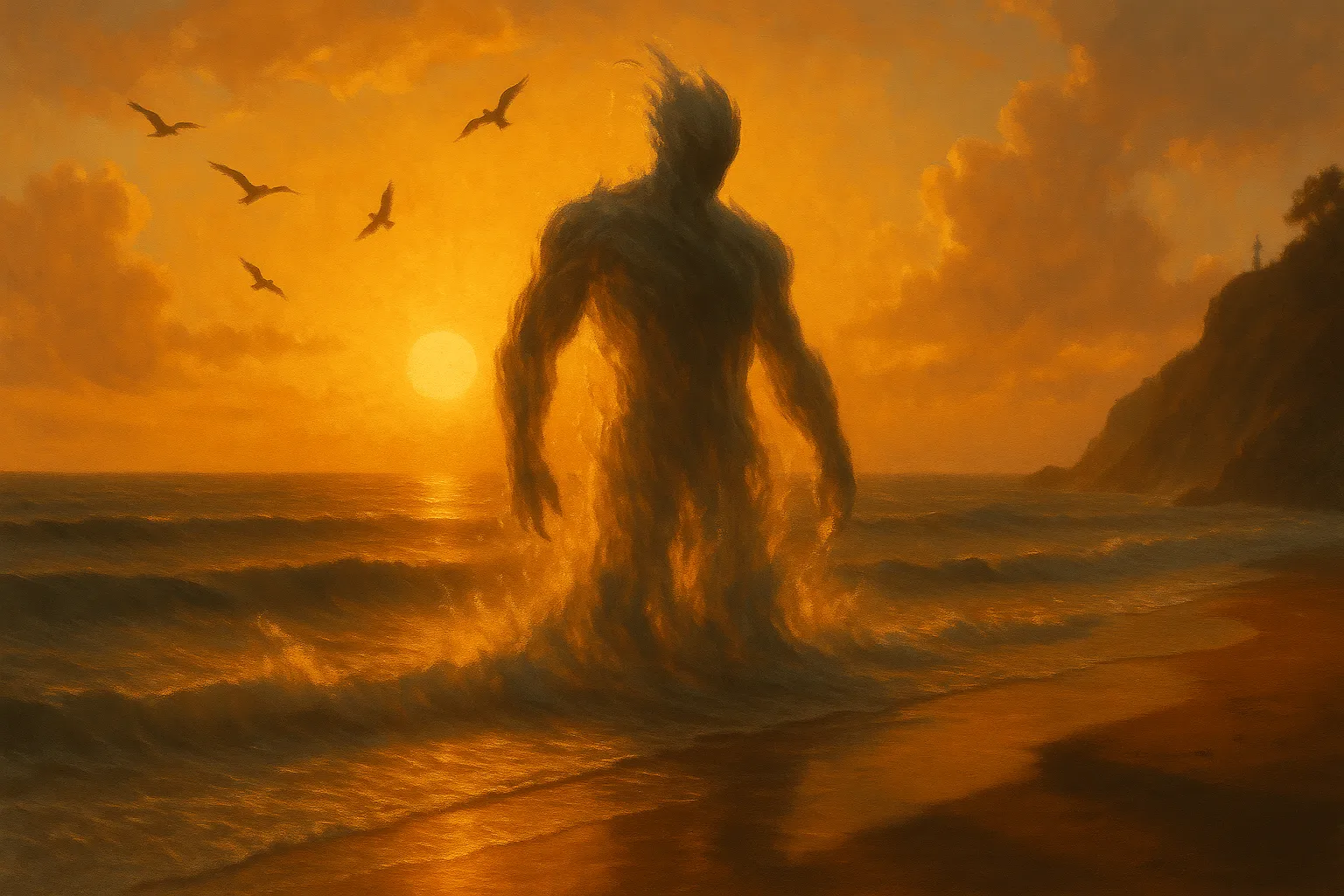 Culturally, the Tideborn has seeped into folklore across seafaring societies. Sailors etch sigils on their hulls to ward off wandering elementals, while fishermen leave offerings of salt or polished driftwood in stone cairns near the tidepools. Myths tell of entire fleets swallowed because a single crewman mocked the sea, or of a ship saved by the sudden appearance of a watery figure guiding them through fog. In each tale, the Tideborn remains an agent of balance—sometimes protector, sometimes punisher, always acting in accordance with the mood of the tide.
Culturally, the Tideborn has seeped into folklore across seafaring societies. Sailors etch sigils on their hulls to ward off wandering elementals, while fishermen leave offerings of salt or polished driftwood in stone cairns near the tidepools. Myths tell of entire fleets swallowed because a single crewman mocked the sea, or of a ship saved by the sudden appearance of a watery figure guiding them through fog. In each tale, the Tideborn remains an agent of balance—sometimes protector, sometimes punisher, always acting in accordance with the mood of the tide.
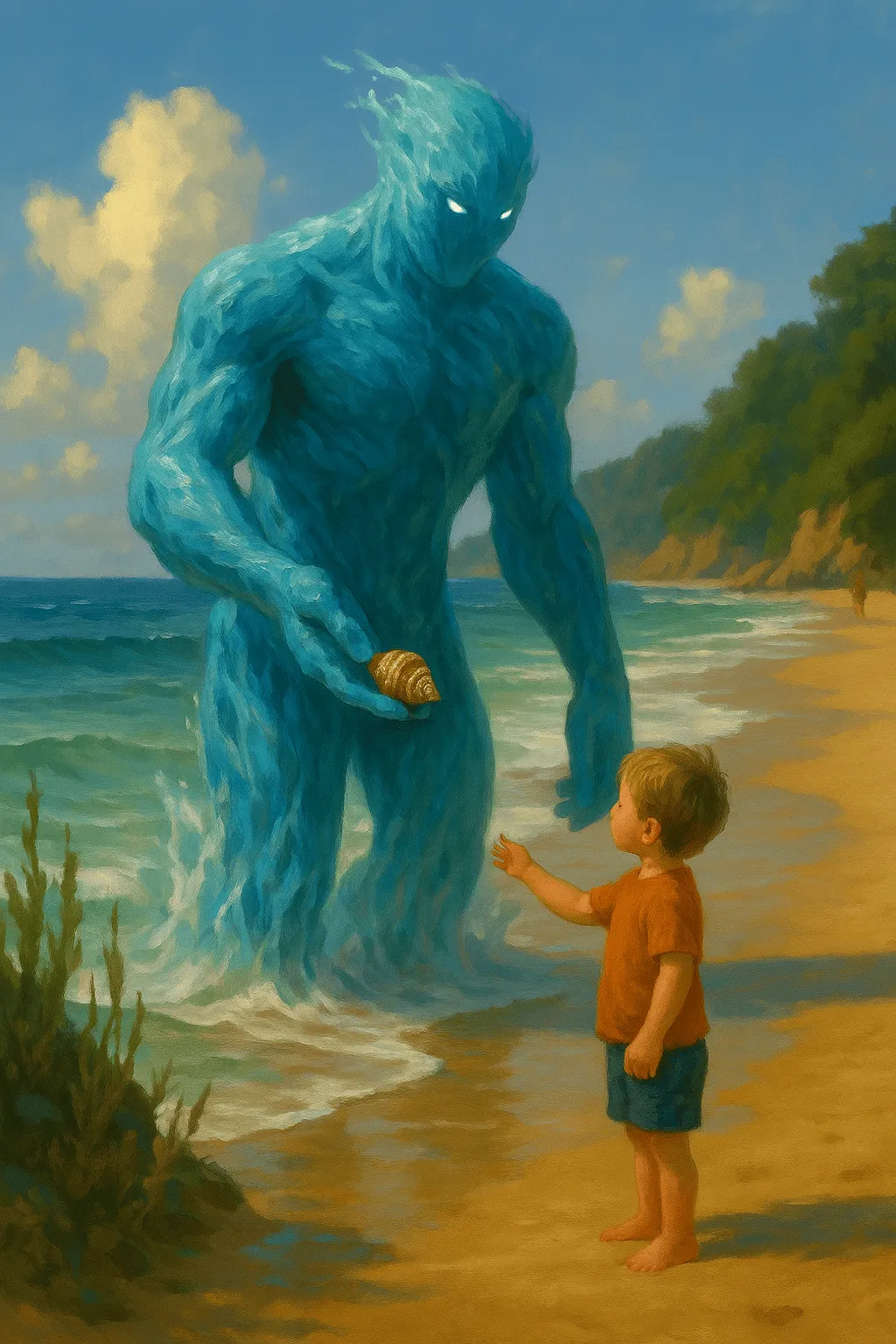 It is unclear whether Tideborns are eternal, or whether they dissolve and reform anew each time they vanish. Attempts to imprison or “kill” them are rarely successful, and containment magic often fails unless aligned with their natural cycle. Scholars theorize that each Tideborn may be a brief manifestation of a greater, ocean-wide consciousness—that the sea itself dreams in pieces, and the Tideborn is one such dream, temporarily made real.
It is unclear whether Tideborns are eternal, or whether they dissolve and reform anew each time they vanish. Attempts to imprison or “kill” them are rarely successful, and containment magic often fails unless aligned with their natural cycle. Scholars theorize that each Tideborn may be a brief manifestation of a greater, ocean-wide consciousness—that the sea itself dreams in pieces, and the Tideborn is one such dream, temporarily made real.
For all their mystery, Tideborn Elementals continue to wash ashore in tales and in truth, reminders that the sea is not empty. It watches, it breathes, and sometimes—through them—it speaks.
The following magical heirlooms are fictional and lore-based in nature. Each one is an affiliate link to a real-world item on Amazon that we've hand-selected to complement this artifact's lore.

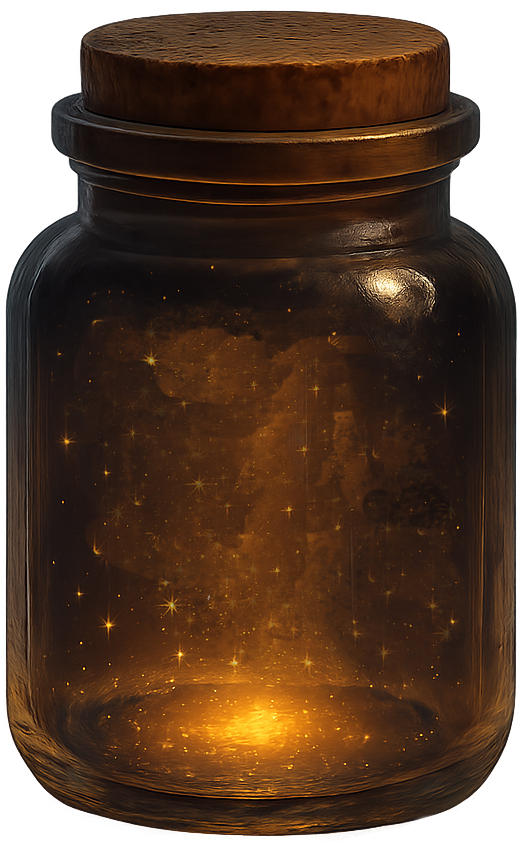
If you click a link and buy an item, we may earn a commission.It costs you nothing extra, but can help keep this little corner of the internet glowing.
What does this mean?
For those who prefer their own weather.

Locals claim these idols help bring rain and replenish their gardens.
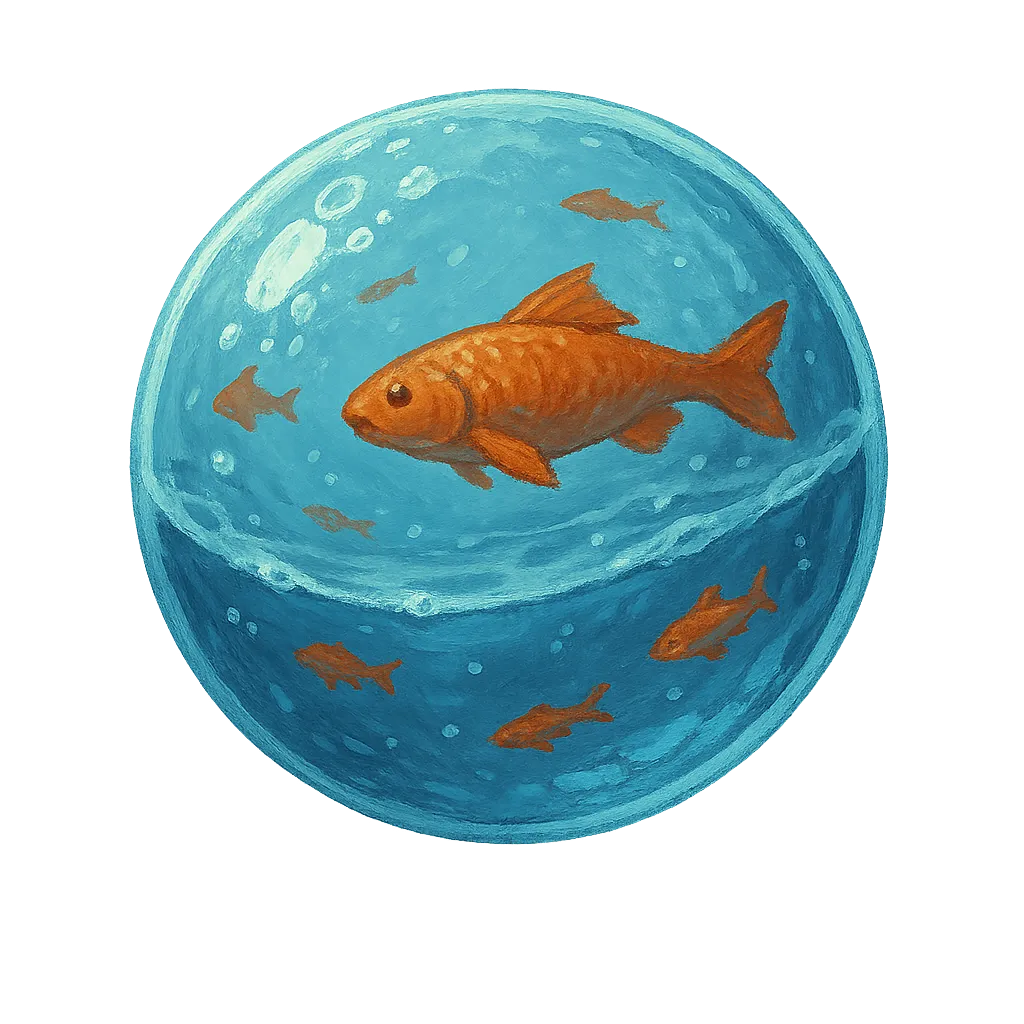
A plethora of different species of fish, swimming in an impossibly small space.

A floating faucet that never runs out of water. Some say the other end of it is at the bottom of an ocean.








